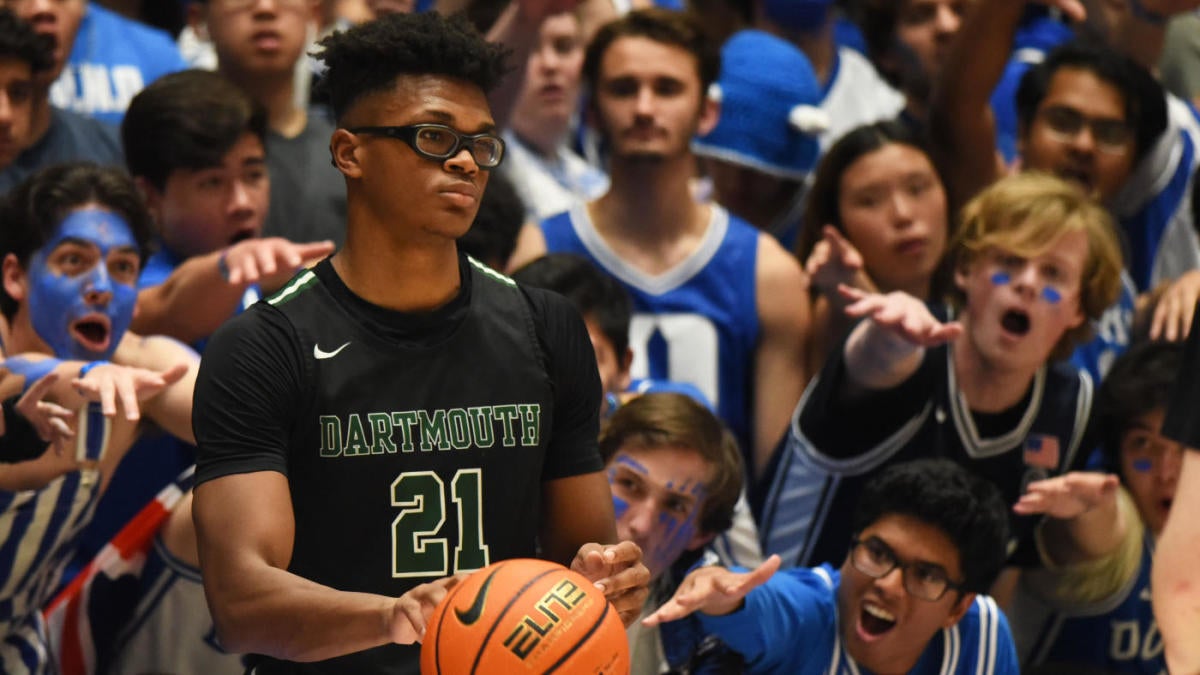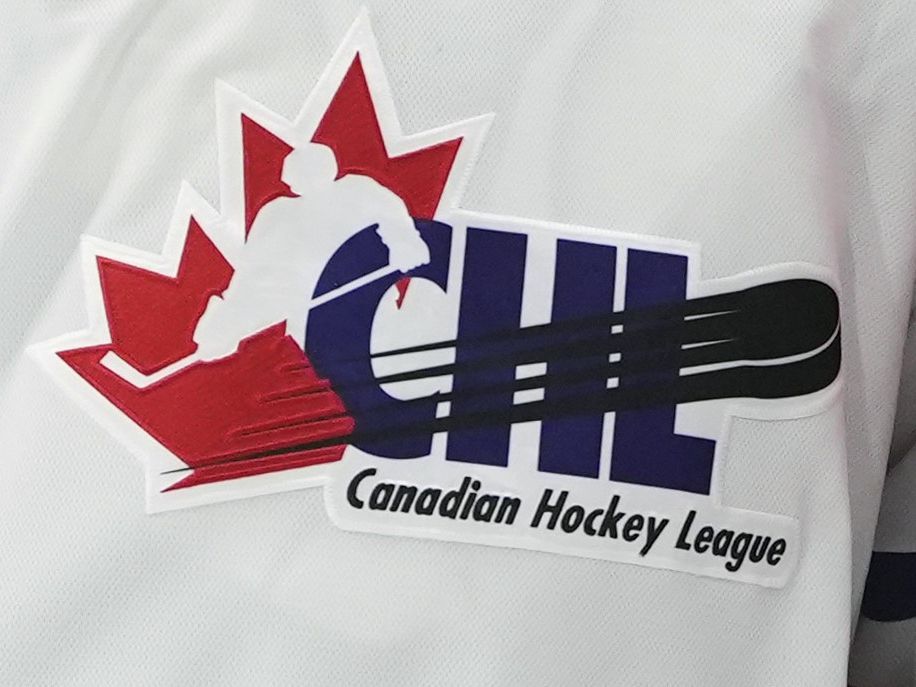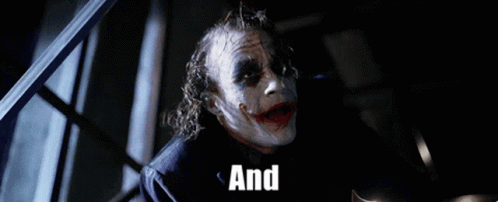I’m given this one a little thought. There are three scenario’s that play into this.
#1 - How does this affect the younger Canadians?
Current state is the young Canadians that want to play NCAA, play either JrA or USHL. The better ones typically play USHL but most play JrA. There are a small handful every year that have the skill/talent to play CHL as 16 and 17 year olds. But, that actual number is tough to pin down. I would think it more likely that those players would play CHL hockey instead of playing in lower leagues. I don’t think the group of impact young players is significant enough to help fuel CHL rosters in a meaningful way. Maybe it adds up to one player per team per year at best?
#2 - How does it affect the younger Americans?
Current state has Americans mostly playing USHL. Some come to play CHL but would more Americans play CHL? Potentially, over time, I could see that number increase as the impact of USA Hockey increases. But, in the short term, I don’t think there will be a significant impact. I think the impact would be very minimal. The quality of the USHL has grown. It is competitive. American players are likely to play there as opposed to the CHL. The elite Americans play USNDTP and that won’t change.
#3 - How does it affect the older players that choose to play CHL hockey?
Current state is no player that suits up for a CHL team is eligible. CHL players, if they choose to chase an education, use their scholarship and try to hook up with a CIS program and play hockey. I think the change will dramatically change player flow in this group the most by far. There are a significant number of players that are drafted rather high but don’t pan out that would be on NCAA program watch lists. I could see some 18 year olds leave CHL programs if offered a full ride scholarship to an NCAA school. But, if a player underachieved and isn’t’ producing, would the player be offered a full ride? Maybe to Division 2 schools. I think where we will see the exodus is in the older players that are choosing to play an OA season or not. If a player is not offered a full ride scholarship at a younger age, I could see the players leverage their CHL scholarship to bridge the gap in funding with their partial ride scholarship to an NCAA program. If they want to go to a four year program, they will need four years in the CHL.
How does each league benefit and how could they lose?
I think we will see the elite Canadian players like Hughes play CHL hockey. I don’t think they will play USHL. The elite Americans will remain with the USNTDP. Those players are so few and far between that it won’t impact the leagues/schools significantly. Adding five or six high end players per league annually won’t be a huge impact. It will be an impact to the team that lands them but averaged out over the whole league? Not as much. So, I don‘t see tremendous impact at the 16/17 year old level. The players will need to view the CHL as the proper development league for them regardless.
Where I think the impact will come is in the older players. I think some guys that are set to play OA years that don’t feel their pro prospects are very good would potentially leave to play NCAA hockey at 19 or 20. It could be used as leverage to force some player movement. For example, a player on the Ice Dogs not in a good situation (Roobroek for example), could demand a trade this summer and if he isn’t traded during the June trade window, follows through with his threat and accepts a scholarship to an NCAA program. To me, this is likely where we wills ee the biggest impact. It puts more power int he hands of players provided they are quality enough to gain a full ride scholarship at an earlier age. Potentially the same with the 19 year olds that don’t want to stick around on a projected rebuilding team. We may see a little more player movement in the summer because the players have more leverage. They won’t need to wait until the deadline.
Overall?
I think you will see the CHL teams get a little younger and the NCAA teams get a little older on average.






